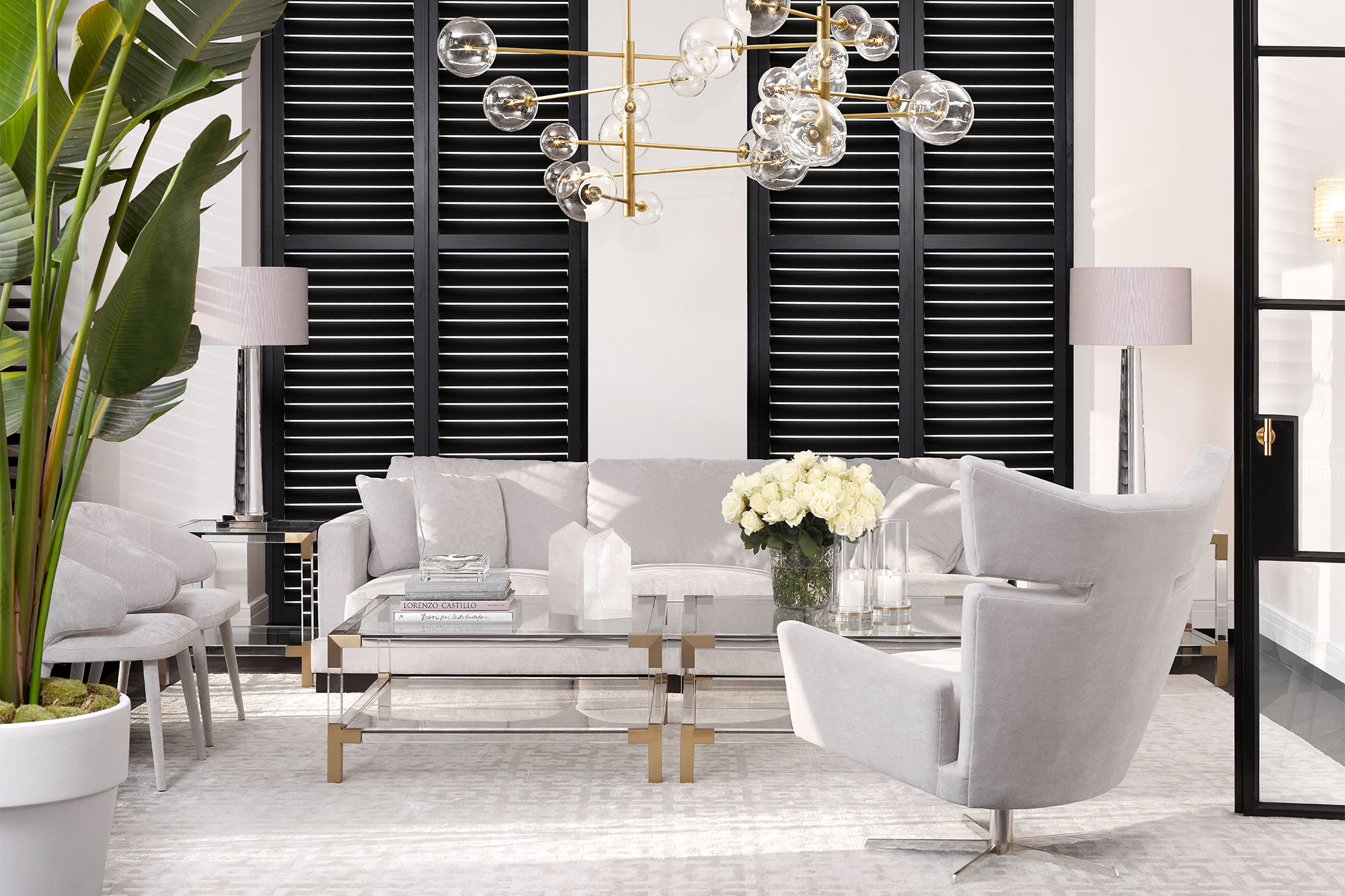Presentation: Furniture fills in as the foundation of our living spaces, forming our actual surroundings as well as impacting our temperaments, ways of behaving, and ways of life. From the moderate class of Scandinavian plans to the fancy lavishness of Ornate styles, furniture mirrors the social, social, and tasteful upsides of now is the right time. In this article, we dig into the different domain of furniture configuration, investigating its development, advancement, and persevering through importance in our lives. Advancement of Furniture Plan: The historical backdrop of furniture configuration is an entrancing excursion through time, set apart by particular periods and styles that mirror the mechanical headways, financial movements, and creative developments of every period. 
Antiquated civilizations made furniture essentially for useful purposes, using materials like wood, stone, and metal to make simple seating, tables, and capacity units.
The craftsmanship of old Egyptian, Greek, and Roman furniture embodies a love for evenness, equilibrium, and strength, with mind boggling carvings and embellishments displaying the abilities of gifted craftsmans. The Medieval times saw the rise of feudalism and the primitive framework, impacting furniture plan with its progressive design and accentuation on superficial points of interest. Respectable families flaunted elaborate goods enhanced with sumptuous textures, valuable metals, and multifaceted specifying, while the normal people managed with more straightforward, utilitarian pieces created from humble materials. The Renaissance time frame achieved a restoration of traditional craftsmanship and culture, motivating furniture planners to draw upon Greco-Roman themes and building components to make rich pieces that radiated loftiness and refinement.
The coming of the Modern Unrest in the eighteenth and nineteenth hundreds of years upset furniture creation, with mass assembling methods empowering the large scale manufacturing of normalized pieces for a portion of the expense.
This period saw the ascent of famous furniture plans, for example, the Eames Parlor Seat, the Barcelona Seat, and the Wassily Seat, which consolidated structure and capability with inventive utilization of materials and smoothed out style. The twentieth century saw a multiplication of plan developments, from Workmanship Nouveau and Craftsmanship Deco to Innovation and Postmodernism, each influencing the universe of furniture plan.
Contemporary Patterns and Developments: In the 21st hundred years, furniture configuration keeps on developing because of evolving ways of life, mechanical progressions, and natural worries. Manageability has turned into a critical concentration for some fashioners and makers, with a developing accentuation on eco-accommodating materials, particular plans, and energy-effective creation processes. Recovered wood, bamboo, and reused plastics are progressively being utilized to make snappy and feasible furniture pieces that allure for earth cognizant purchasers.
The ascent of advanced creation innovations like 3D printing and PC mathematical control (CNC) machining has upset how furniture is planned and fabricated. Architects currently have uncommon opportunity to explore different avenues Eichholtz regarding complex calculations, natural structures, and adaptable arrangements, pushing the limits of conventional craftsmanship and empowering more prominent personalization and imagination. Moreover, the idea of “shrewd furnishings” has gotten some decent forward momentum as of late, with creators incorporating innovation consistently into ordinary items to upgrade usefulness, solace, and comfort. From couches with worked in USB chargers to end tables with implanted remote charging cushions, these imaginative plans take care of the necessities of an educated age looking for interconnectedness and consistent reconciliation of computerized and actual spaces.
End: Furniture configuration is a dynamic and consistently developing field that mirrors the social, mechanical, and cultural patterns of now is the ideal time. From old human advancements to contemporary pioneers, originators have ceaselessly pushed the limits of imagination and craftsmanship, changing ordinary items into articulations of workmanship and culture. As we explore the intricacies of present day living, furniture stays a steady friend, molding our surroundings and enhancing our lives with excellence, usefulness, and solace.
